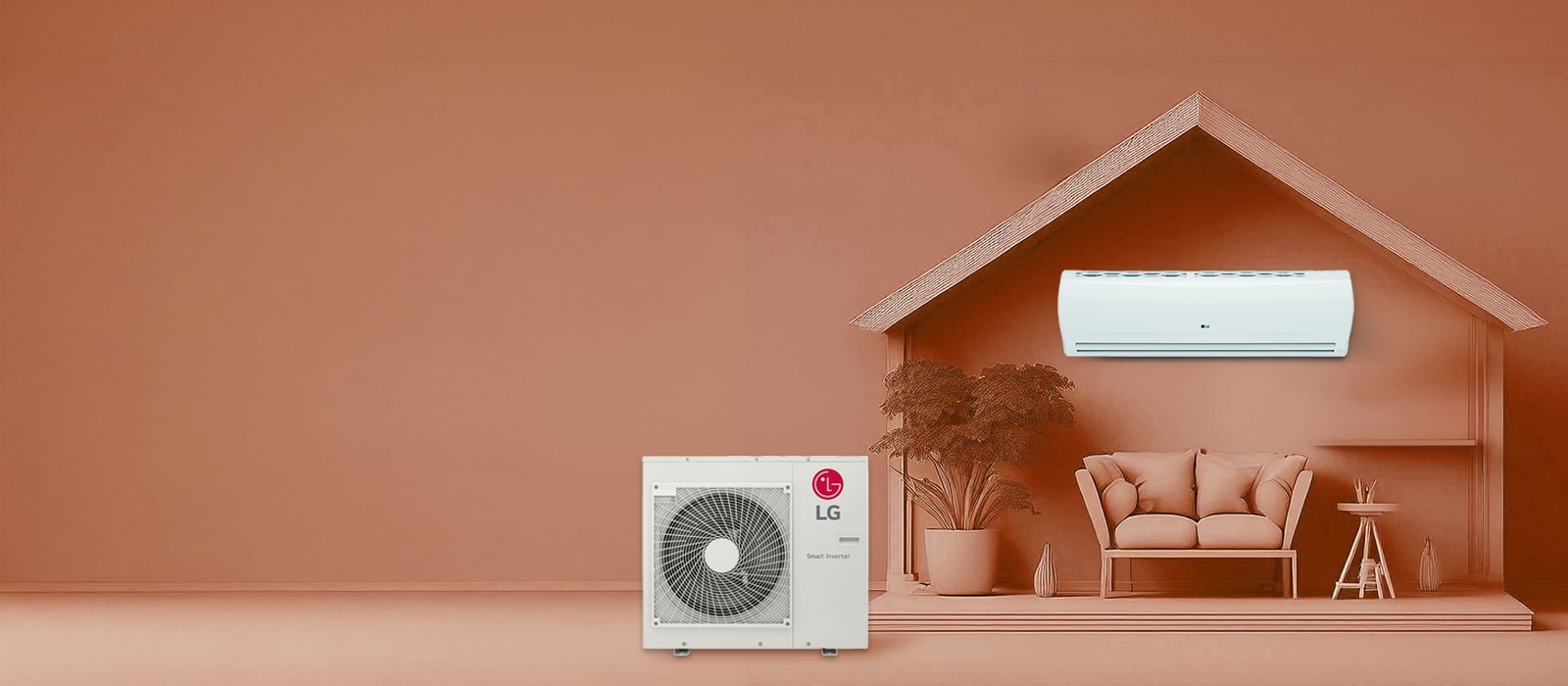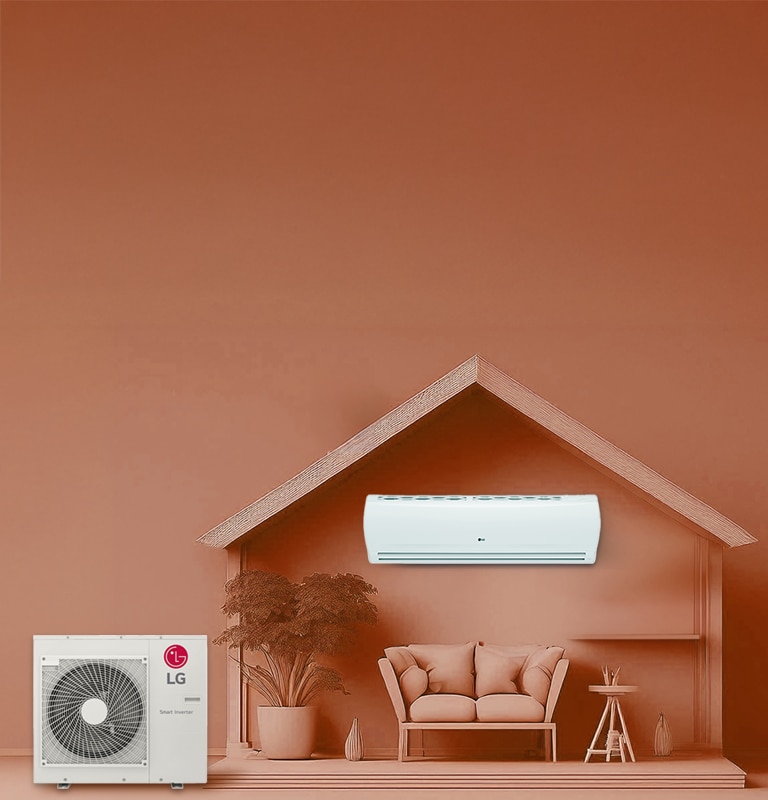-
Imagine coming home to a struggling HVAC system on a cold day. LG's automatic defrost technology prevents frost buildup on the outdoor unit, ensuring efficiency and performance. Real-time sensors trigger the defrost cycle, reducing maintenance and keeping your home warm. Let’s explore why the indoor unit displays a defrosting indicator and why the outdoor unit pauses.
-
The Importance of Automatic Defrosting
In winter, frost buildup on the outdoor unit of your air conditioner can significantly affect its efficiency and overall performance. To address this, LG’s HVAC systems are equipped with an automatic defrost function, which plays a vital role in preventing frost accumulation. This feature ensures that the system maintains optimal operation, allowing it to continue running efficiently even during cold weather conditions. By automatically activating defrost cycles as needed, it safeguards the system from performance issues and reduces the risk of energy waste, ultimately enhancing the reliability and longevity of your HVAC equipment.


-
How Automatic Defrosting Works
LG air conditioners feature an automatic defrost system that relies on sensors to monitor the temperature of the outdoor unit. When these sensors detect a temperature drop to a point where frost formation is likely, the system initiates the defrost cycle automatically. During this cycle, the refrigerant flow is reversed, directing warm refrigerant through the coils to efficiently melt any accumulated frost. Once the frost is eliminated, the system seamlessly returns to normal operation, maintaining optimal performance and efficiency.


-
Step-by-Step Breakdown of How Automatic Defrosting Works
STEP 1: Temperature Monitoring
The sensors in the LG air conditioners continuously monitor the temperature of the outdoor unit.
-
STEP 2: Temperature Detection
When the sensors detect that the temperature has dropped to a level where frost is likely to form, they trigger the defrost cycle.




-
STEP 3: Activation of Defrost Cycle
The system automatically initiates the defrost cycle, reversing the refrigerant flow.
-
STEP 4: Heat Application
Warm refrigerant is sent through the coils of the outdoor unit to melt any accumulated frost.
-
STEP 5: Clearing Frost
The warm refrigerant effectively melts the frost buildup on the coils.
-
STEP 6: Resuming Normal Operation
Once the frost is cleared, the system resumes its normal operation, maintaining optimal performance.
-
LG’s HVAC automatic defrost technology plays a crucial role in maintaining the efficiency and reliability of your air conditioner during winter. By effectively preventing frost buildup and minimizing the need for maintenance, this advanced feature helps keep your home warm and energy-efficient throughout the season.




